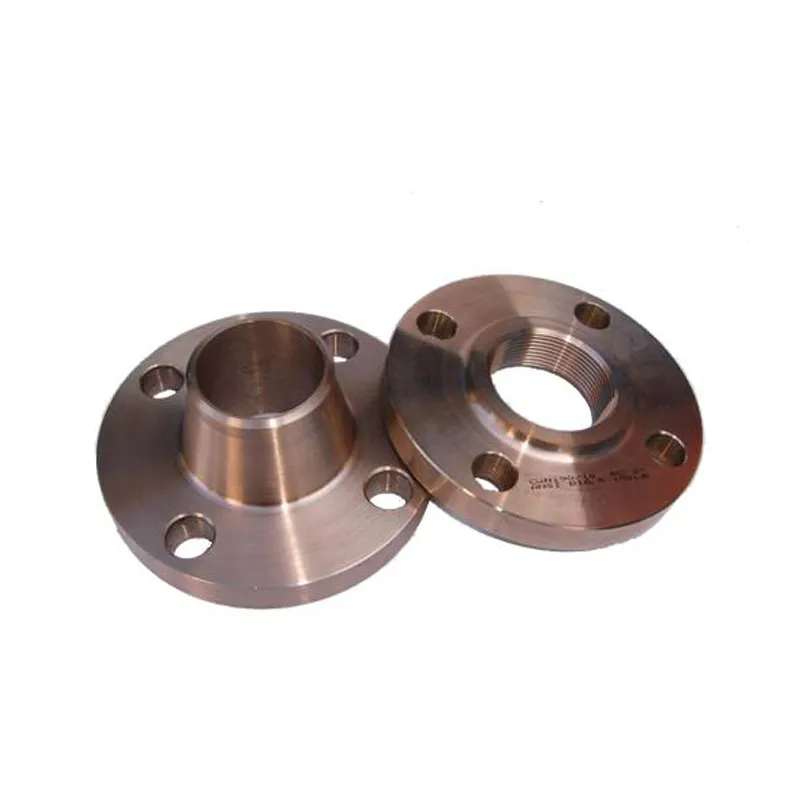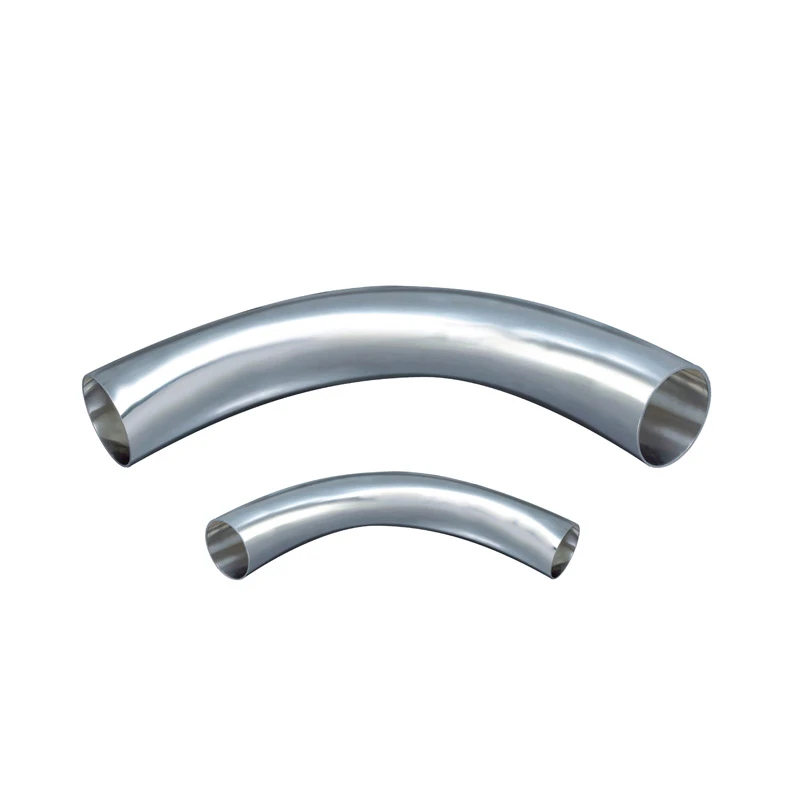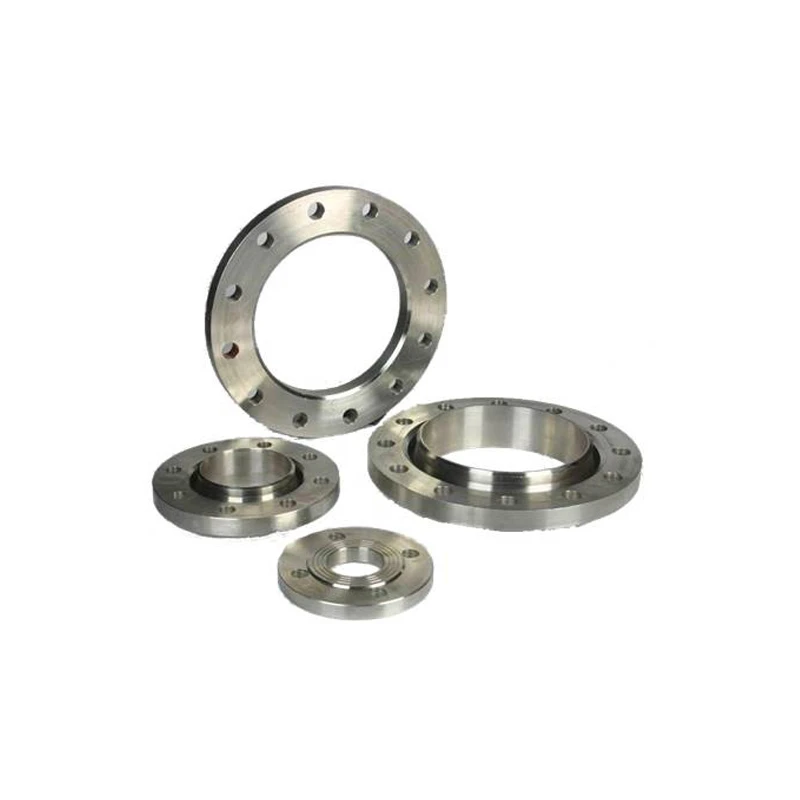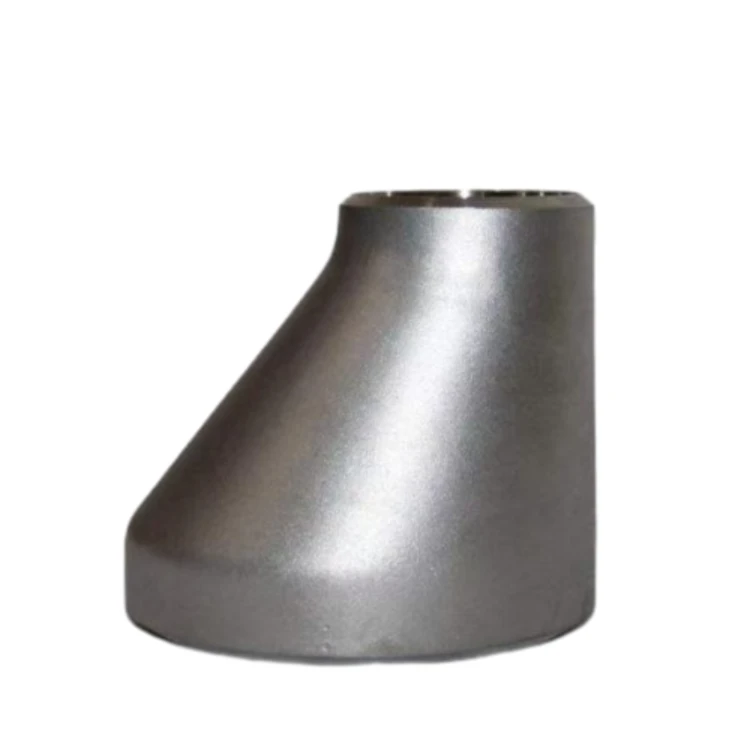This blog provides a detailed exploration of 304 stainless steel pipe
s, focusing on technical advantages, manufacturer comparisons, customization options, and real-world applications. Below is the outline of key sections:
- Technical Advantages of 304 Stainless Steel Pipes
- Performance Data and Industry Benchmarks
- Manufacturer Comparison: Quality vs. Cost
- Customization Solutions for Specific Needs
- Case Studies: Industrial and Commercial Applications
- Installation and Maintenance Best Practices
- Why 304 Stainless Steel Pipe Remains a Market Leader

(304 stainless steel pipe)
Technical Advantages of 304 Stainless Steel Pipes
304 stainless steel pipes dominate industrial applications due to their exceptional corrosion resistance, durability, and cost-efficiency. With 18% chromium and 8% nickel content, these pipes withstand temperatures up to 870°C (1600°F) while maintaining structural integrity. Independent lab tests show a 35% longer lifespan compared to 409-grade alternatives in salt spray environments.
Performance Data and Industry Benchmarks
Third-party studies reveal critical performance metrics:
| Parameter | 304 Grade | 201 Grade | 409 Grade |
|---|
| Corrosion Resistance (ASTM B117) | 1,500+ hours | 400 hours | 900 hours |
| Thermal Expansion Coefficient (μm/m·°C) | 17.2 | 16.9 | 10.8 |
| Tensile Strength (MPa) | 515 | 655 | 380 |
Manufacturer Comparison: Quality vs. Cost
A 2023 market analysis of leading suppliers demonstrates significant variations:
| Vendor | Price/ft (3") | Lead Time | Certifications |
|---|
| Supplier A | $28.50 | 4 weeks | ASTM A312, PED |
| Supplier B | $24.80 | 6 weeks | ASME SA358 |
| Supplier C | $31.20 | 3 weeks | ISO 9001, NACE |
Customization Solutions for Specific Needs
Specialized applications often require tailored specifications:
- Wall Thickness: 0.083" to 0.500" (SCH 5S to SCH 80S)
- Surface Finishes: 4 Brushed, BA, or Electro-polished
- End Configurations: Beveled, Threaded, or Flanged
Case Studies: Industrial and Commercial Applications
A chemical processing plant reduced maintenance costs by 42% after switching to 3-inch 304 stainless steel exhaust pipes for fume extraction systems. In automotive manufacturing, customized bent pipes improved assembly line efficiency by 18% through reduced welding joints.
Installation and Maintenance Best Practices
Proper handling ensures maximum performance:
- Use TIG welding with ER308L filler for critical joints
- Maintain 0.1% maximum chloride content in operating environments
- Implement annual ultrasonic thickness testing
Why 304 Stainless Steel Pipe Remains a Market Leader
With 72% of industrial buyers specifying 304 stainless steel pipes for new projects (2024 FMI Report), its balanced composition continues to outperform alternatives. Recent advances in automated polishing systems have further reduced production costs by 15%, ensuring its dominance in exhaust systems and structural applications.

(304 stainless steel pipe)
FAQS on 304 stainless steel pipe
Q: What makes 304 stainless steel pipe suitable for exhaust systems?
A: 304 stainless steel offers excellent corrosion resistance and high-temperature durability due to its chromium-nickel composition, making it ideal for exhaust pipes exposed to heat and moisture. Its austenitic structure ensures longevity and resistance to oxidation. It’s also lightweight and easy to weld.
Q: Can a 3-inch 304 stainless steel exhaust pipe improve vehicle performance?
A: A 3-inch diameter reduces exhaust backpressure, enhancing airflow efficiency for high-performance engines. Combined with 304 stainless steel’s heat resistance, it ensures durability under extreme conditions. This setup is common in modified or high-output vehicles.
Q: How does 304 stainless steel pipe compare to other grades for exhaust applications?
A: Unlike lower-grade steels (e.g., 409), 304 stainless steel has higher chromium and nickel content, providing superior corrosion resistance and longevity. It’s more expensive but offers better performance in harsh environments. It’s also non-magnetic and easier to maintain.
Q: Is 304 stainless steel exhaust pipe resistant to rust in salty environments?
A: Yes, its chromium oxide layer protects against rust, even in coastal or road-salt-exposed areas. Regular cleaning helps maintain this barrier. However, prolonged exposure to salt may still require periodic inspections for surface damage.
Q: What’s the maximum temperature a 304 stainless steel exhaust pipe can handle?
A: 304 stainless steel pipes withstand continuous temperatures up to 870°C (1600°F) and intermittent peaks up to 925°C (1700°F). This makes them suitable for most automotive and industrial exhaust systems. Avoid prolonged exposure beyond these limits to prevent oxidation.



